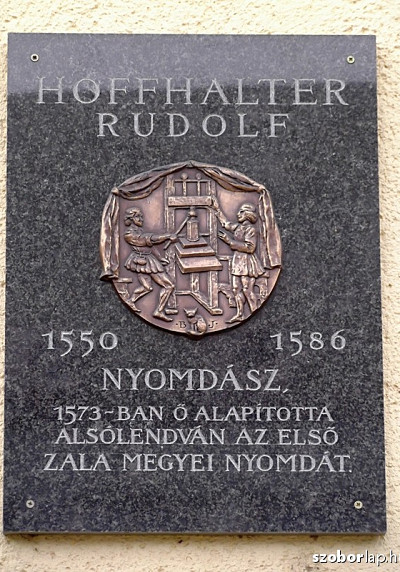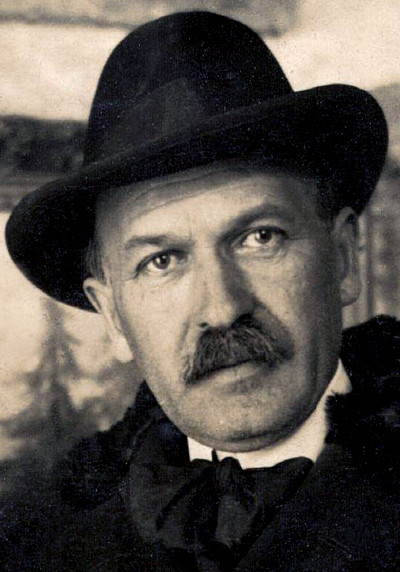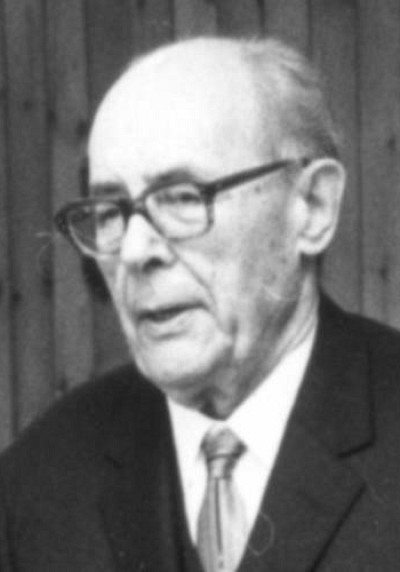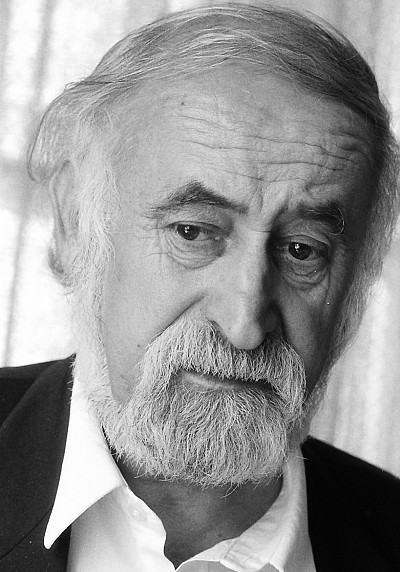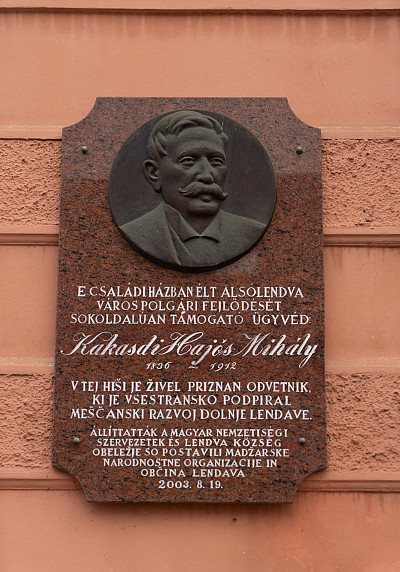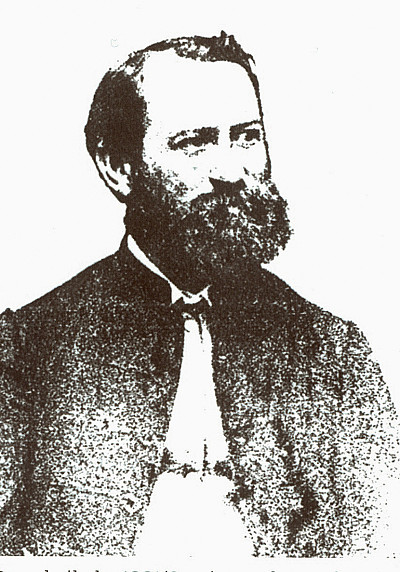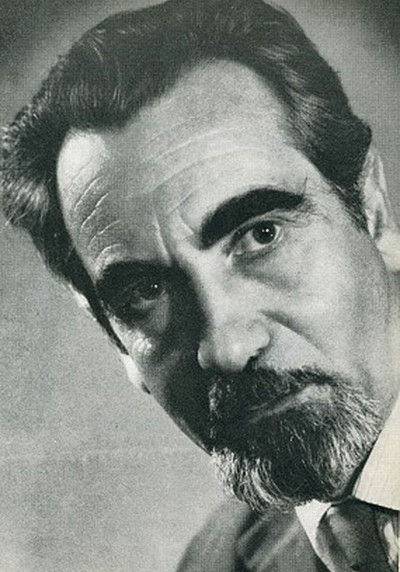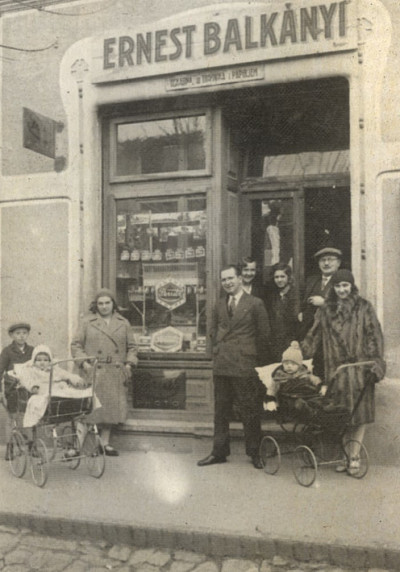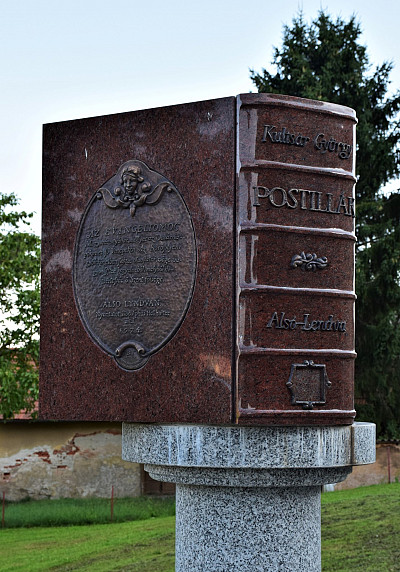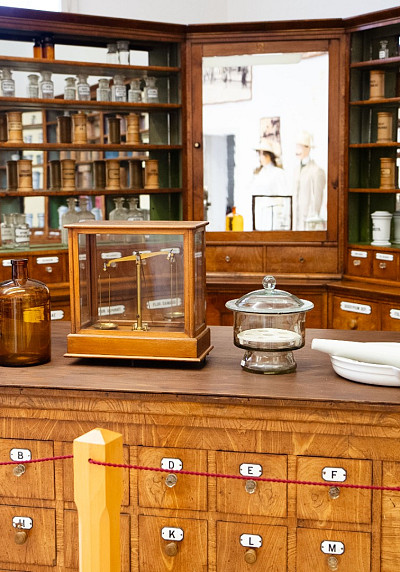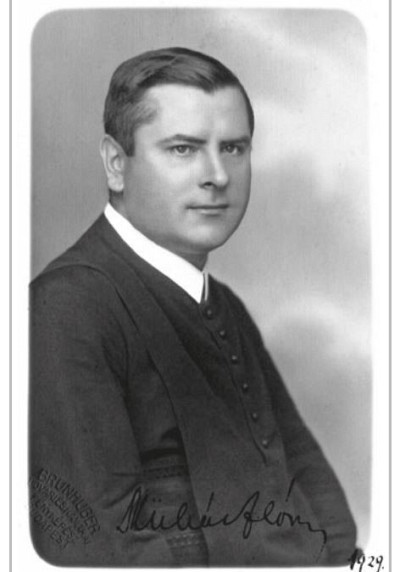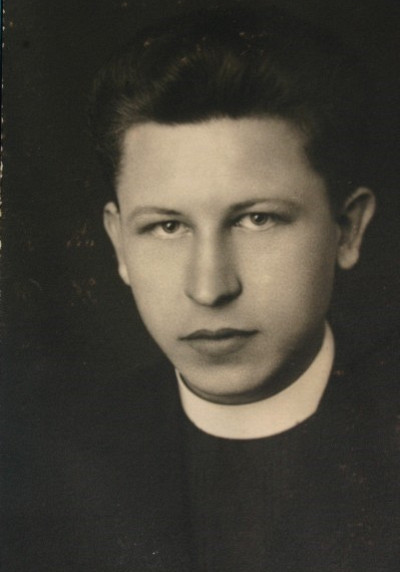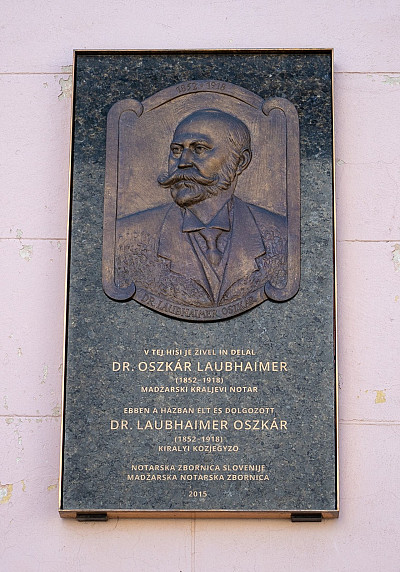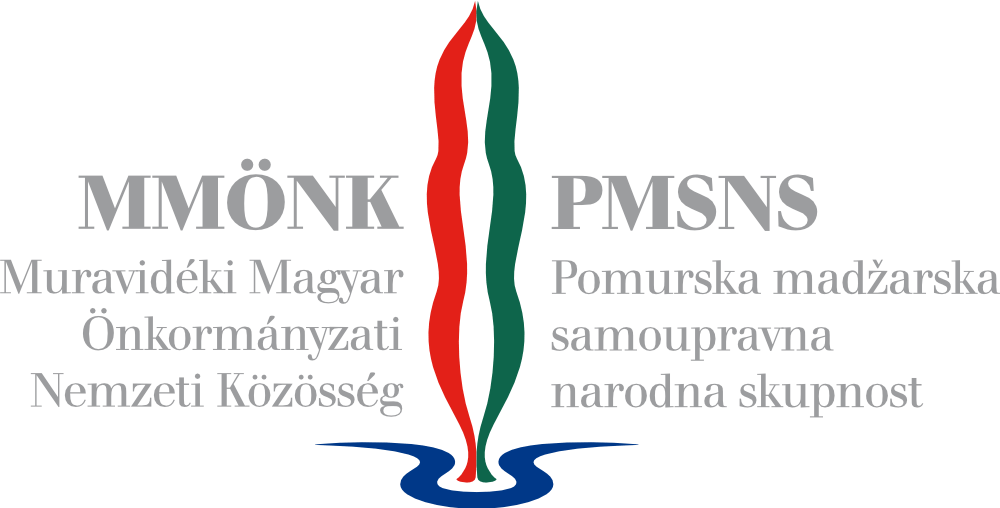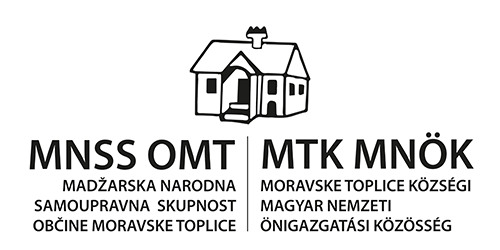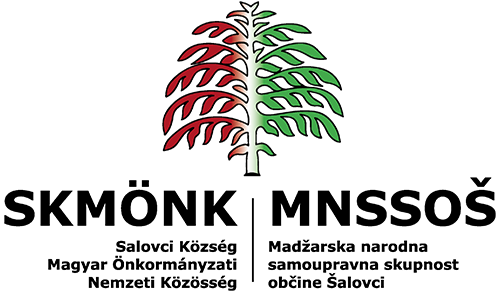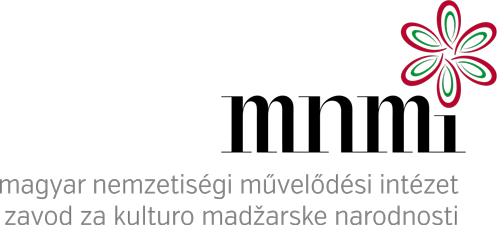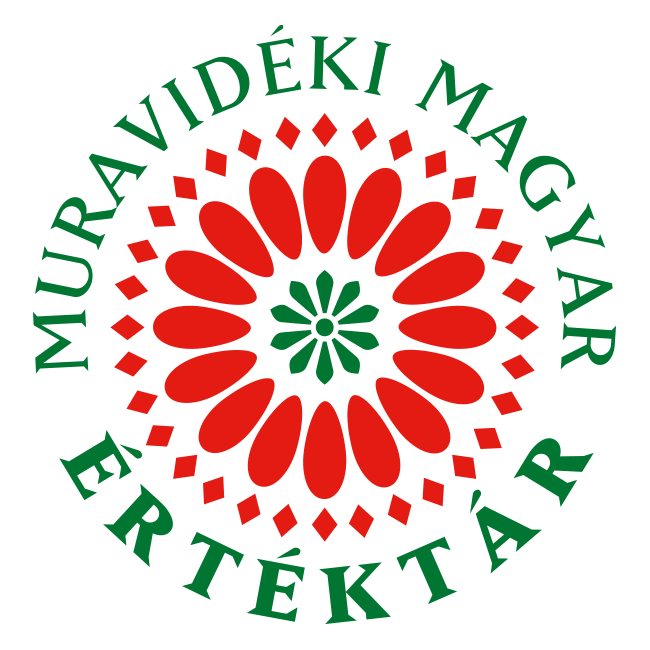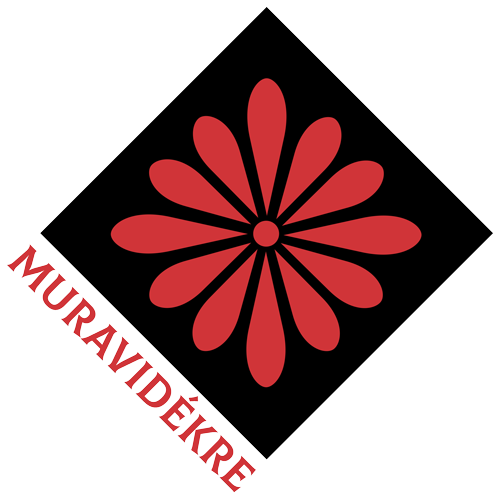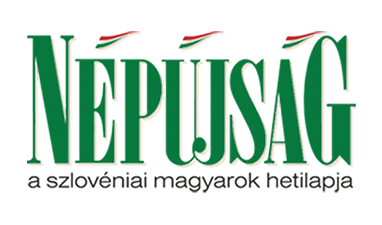János Göncz

János Göncz, the “pictorial writer” from Prekmurje, was born on 12th July, 1934, in Mostje/Hídvég. His early childhood was strongly tied to his home village, but during the war, his family was forced to move to Enying, in Somogy County. The young Göncz attended middle school there. After the war ended, the family returned to their native village, so he could finish his studies at the grammar school in Lendava. He decided to learn the profession of tool maker, and then, after receiving training, he worked at the Mechanical Company (Mechanikai Vállalat) of Lendava. After the company ran into financial difficulty in 1968, the newlywed Göncz moved again, working as a guest worker in various cities across Germany, and from 1973 until his retirement, Denkendorf became his second home.
Even as a young child, he was interested in many things. He carefully observed what was happening around him and was interested in everyday life in his home village. Whenever he could, Göncz spent his time among people and children. He and his friends wandered through the woods and fields and explored the wider countryside. As an adult, he made good use of the vast knowledge he had accumulated unnoticed during his childhood. He never learnt to draw or paint, but his talent was already evident in his grammar school years, when his teachers had him and a few other pupils paint portraits of historical figures.
In the German town of Denkendorf where they settled, there were several galleries. Whilst walking with his wife and looking in shop windows, he became more serious about painting. So, Göncz applied to the local fine arts group but was not accepted. He started working on his own. The first picture he painted depicted a harvest on Lendava Hill, and it was bought for fifty German marks by a woman working in the factory. His works were noticed by an employee of the local history museum there, who also worked at the factory as a technical draughtsman. Encouraged by him, Göncz began to paint, and received commissions...
During his life, János Göncz said several times that he started painting out of homesickness, but his paintings were so popular that the hobby became a profession. After his return home, the values inherent in his works were discovered there as well. The artist died in 2009, and his most outstanding works are the paintings collected in the volume entitled The Village of My Childhood (Gyermekkorom faluja), which document and preserve the value of village life, various situations and traditions.
Bibliography, source of image:
https://www.kl-kl.si/hu/honismeret/muveszeti-arckepcsarnok/goncz-janos/
https://mek.oszk.hu/02500/02564/html/index.htm
https://epa.oszk.hu/03300/03335/00046/pdf/EPA03335_pannon_tukor_2004_4_062-065.pdf

